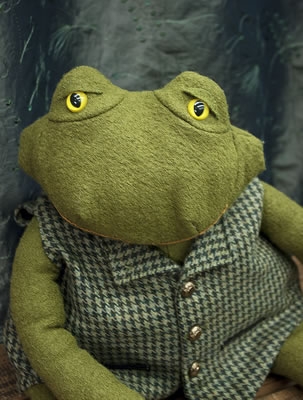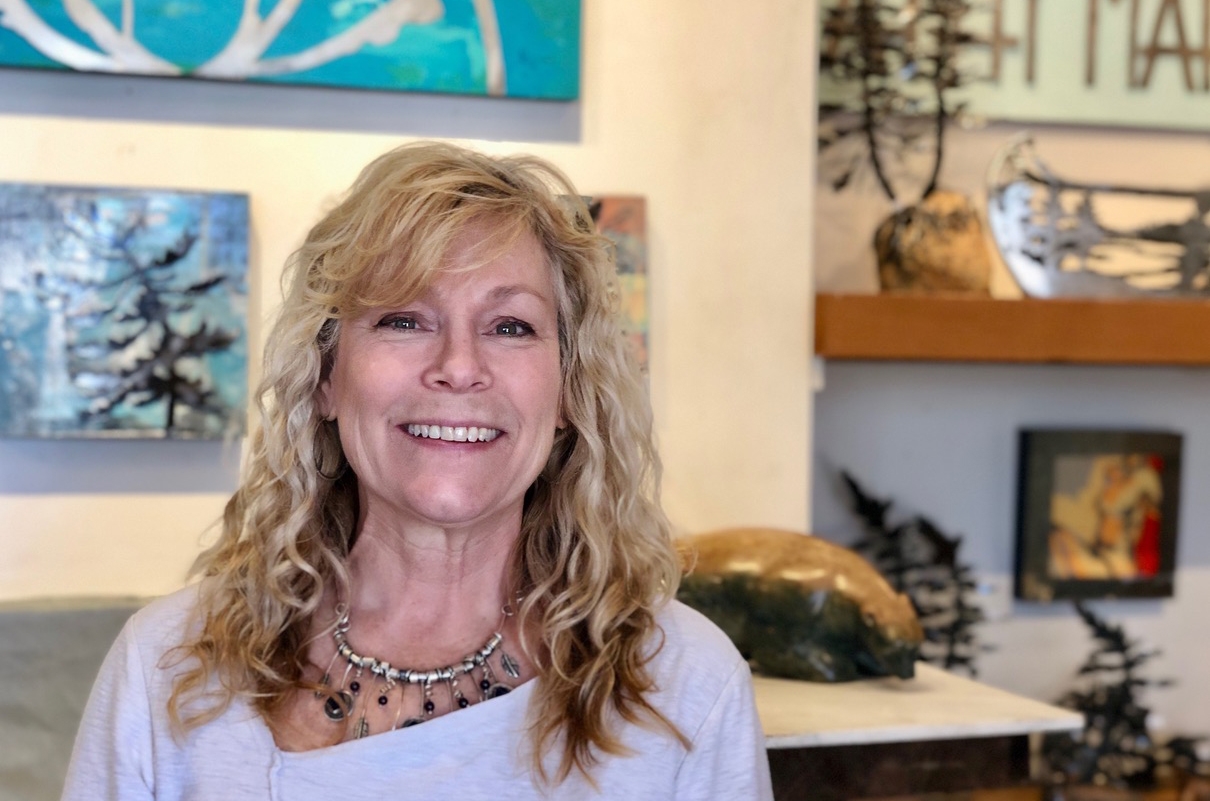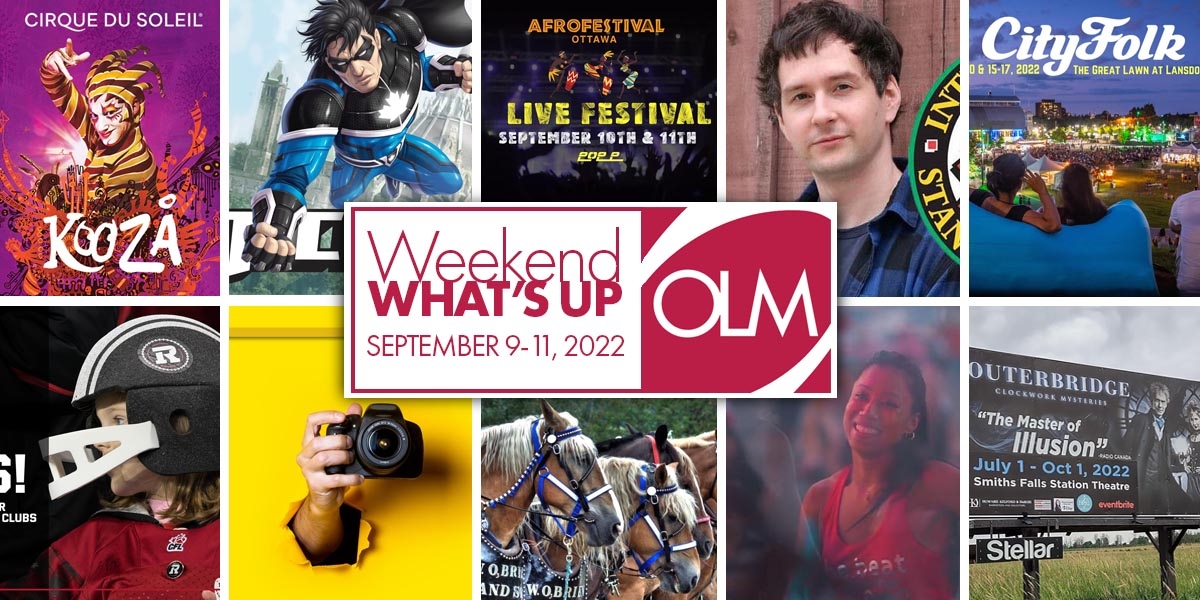
The Art of Choosing
The Art of Choosing
By Sheena Iyengar • Twelve Publishing, 2010 • 329pp.
What is freedom? Freedom is the right to choose: the right to create for oneself the alternatives of choice. Without the possibility of choice, a man is not a man but a member, an instrument, a thing. -Archibald MacLeish
Choosing is bound up with human freedom. Therefore to understand human freedom it is worthwhile to explore how we choose. This is the premise of Sheena Iyengar’s new book, The Art of Choosing. As the title suggests, Iyengar believes that choosing is an art which, when mastered, will serve to enrich the human experience. Choosing, Iyengar informs the reader, is something we must do every day. Most choices are of the mundane variety and may thus seem unworthy of all this attention. Many other choices, however, can be life defining, while others can profoundly shape the lives of loved ones. Given their importance, how should we approach such choices? What can we do to better prepare ourselves to make informed ones?
Although Iyengar’s analysis draws from different disciplines, she is first and foremost a sociologist. There are stretches in most chapters devoted to sociological studies, many of which Iyengar conducted herself or with colleagues. Occasionally, the results are surprising and yield insights into human behaviour or how the brain processes information. Iyengar also makes interesting observations about the sources of important cultural differences. On various occasions, however, some of the sociological studies she cites may strike the reader as trivial. We certainly must be careful not to exaggerate their significance. The summaries of such studies, moreover, often seem better suited to a magazine story than a book.
Iyengar is at her best when she assesses choosing within the context of personal and political freedom. In liberal, secular societies, the individual is no longer constrained as he or she once was. Most young girls and boys are no longer groomed for one among a very narrow set of options. The role of organized religion in shaping a person’s horizon continues to wane. Expectations, however, are no less demanding. On the contrary. The difference is that a person is under a greater obligation to choose for him or herself who he/she wants to be. Indeed, as Iyengar reminds us, many of these choices go to the heart of our personal identity, which is one reason why so many people endure identity crises. Choosing can be profoundly difficult and can thus be a source of strain for many people. What should I do with my life? Who am I exactly? One does not have to be given to self-reflection to be affected by such questions. The obligation to choose, moreover, has arrived at precisely the same moment as the number of available options has multiplied. To complicate matters further, people change. The decision to marry my wife was in keeping with who I was at that time. But I’m no longer that person. My priorities have changed and I’m being pulled in a direction that my wife doesn’t understand. To stay together would only serve to gnaw at my piece of mind and generate dissatisfaction. Such a scenario is increasingly typical.
Similarly, societies are in a perpetual state of flux, among the effects of which is to create emerging areas of awareness and new obligations. To take one example, we understand better than we did 30 years ago that natural resources are finite and that anthropogenic-induced climate change is occurring. Some people are unaffected by this sort of development. Many, however, are compelled to locate their choices within the larger context of responsibility an emerging environmental awareness helps facilitate. Or, to take an example the author explores, the world of medicine has undergone a revolutionary shift in its approach to patient care. Doctors can no longer unilaterally decide to withhold diagnostic or prognostic information from patients. On the contrary, doctors must now have informed patient consent. Although this is as it should be, the shift creates scenarios in which achingly difficult choices must be made.
Iyengar’s book is timely precisely because of these broader societal changes. Yet individuals may not immediately make the connection between such changes and the choices we make. This is among Iyengar’s great insights. She understands better than most that if we are to explore questions of freedom and responsibility we must also appreciate the importance of choosing. Although the twin themes of freedom and choice will resonate with most readers, Iyengar’s answers to the questions she poses will no doubt disappoint some. Iyengar has not written a self-help book promising you ultimate happiness and fulfilment in ten easy steps. She has written a thoughtful meditation on the role of choice for a life lived in freedom.








